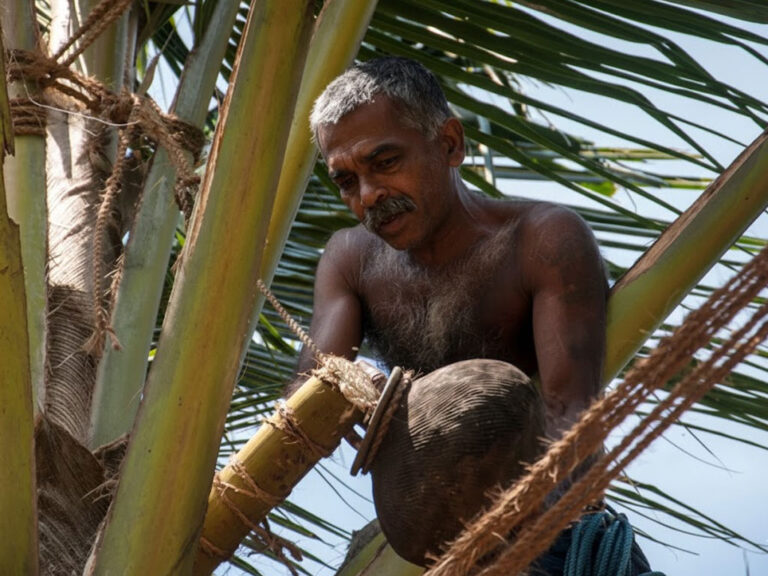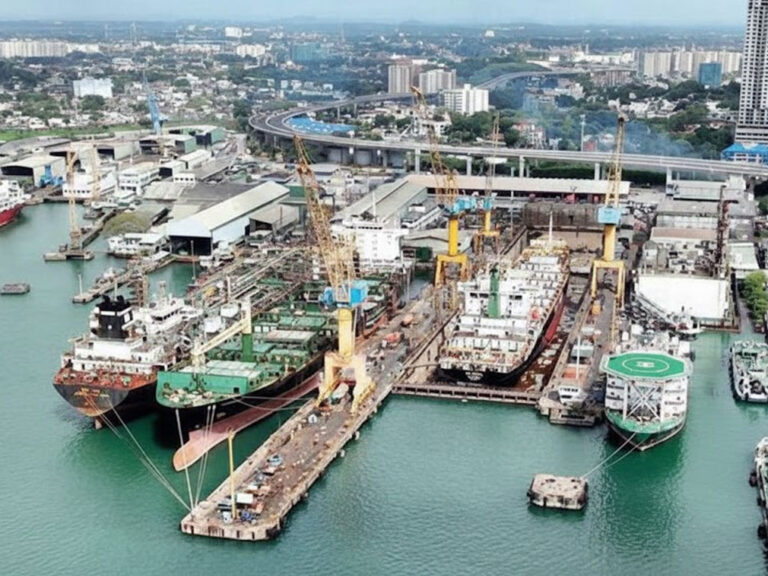
Introduction
Anuradhapura, located in the North Central Province of Sri Lanka, is one of the oldest and most historically significant cities in the country. Founded in the 4th century BCE, Anuradhapura served as the capital of ancient Sri Lanka for over a millennium and remains a major center of Theravada Buddhism. Designated as a UNESCO World Heritage Site, the city is renowned for its well-preserved ruins of ancient temples, palaces, and reservoirs.
Historical Significance
Anuradhapura is deeply rooted in the history and culture of Sri Lanka. It was the first established kingdom in ancient Sri Lanka and served as the seat of power for many great Sinhalese kings. The city’s history is intertwined with the spread of Buddhism in Sri Lanka, and it is home to some of the oldest and most sacred Buddhist sites.
Key Attractions
- Sri Maha Bodhi (Sacred Bo Tree):
- One of the most revered sites in Anuradhapura, the Sri Maha Bodhi is a sacred fig tree that is believed to have grown from a branch of the original Bodhi tree under which the Buddha attained enlightenment. Planted in 288 BCE, it is the oldest living human-planted tree in the world with a known planting date.
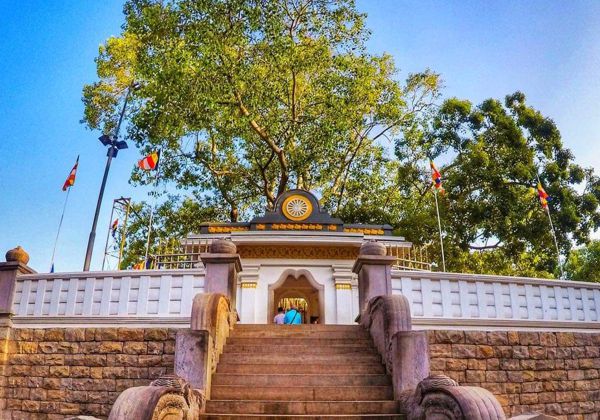
- Ruwanwelisaya (Ruwanweli Maha Seya):
- This magnificent stupa, built by King Dutugemunu in the 2nd century BCE, is one of the most important stupas in Sri Lanka. It stands at 103 meters (338 feet) and is considered a marvel of ancient engineering.
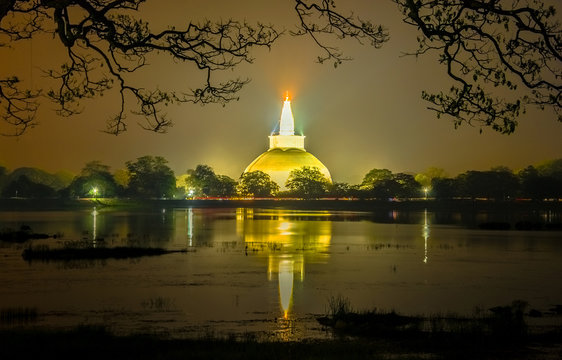
- Thuparamaya:
- Thuparamaya is the oldest stupa in Sri Lanka in recorded history, built by King Devanampiyatissa in the 3rd century BCE. It enshrines the right collarbone of the Buddha and marks the introduction of Buddhism to Sri Lanka.
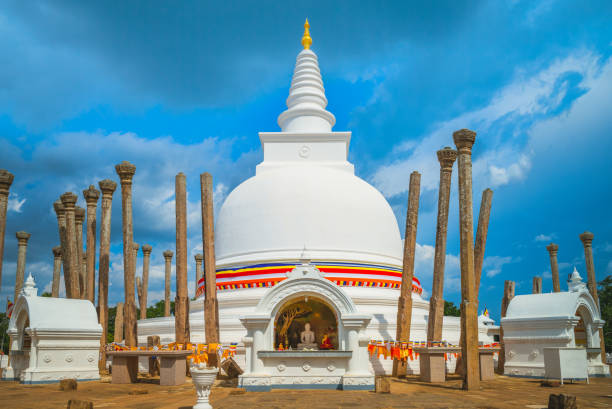
- Jetavanaramaya:
- Once the tallest stupa in the world, Jetavanaramaya is an architectural masterpiece built by King Mahasena in the 3rd century CE. It stands at 122 meters (400 feet) and remains one of the largest brick structures in the world.
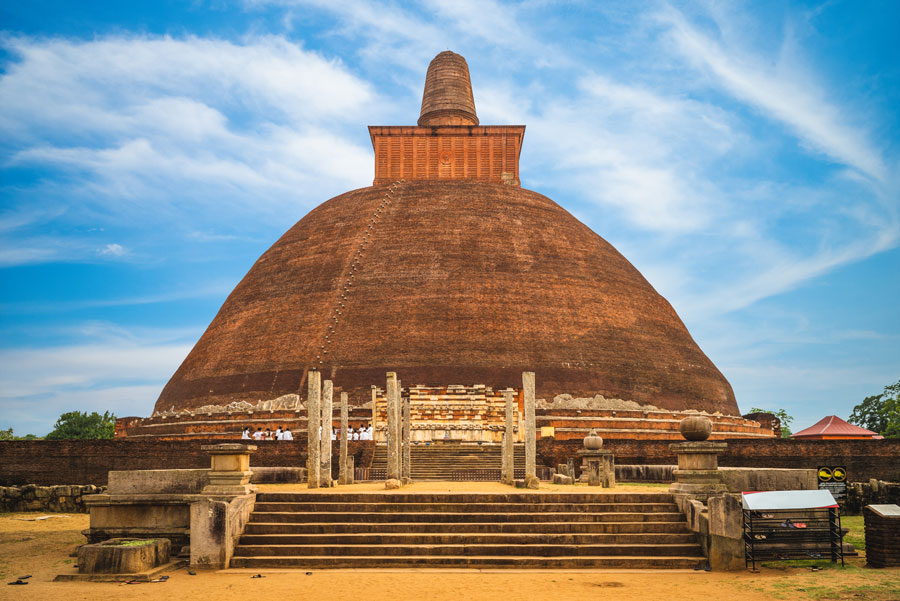
- Abhayagiri Vihara:
- Founded in the 1st century BCE, this monastic complex was a major center of Buddhist learning and monasticism. The Abhayagiri Dagoba, standing at 75 meters (246 feet), is a prominent feature of the site.
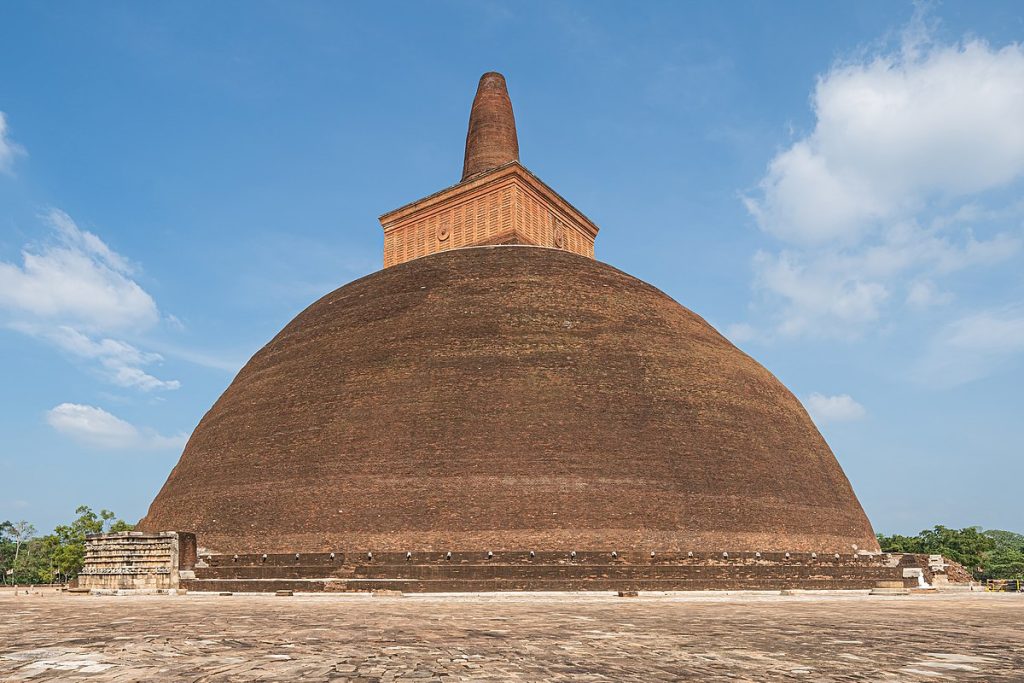
- Isurumuniya:
- A rock temple dating back to the 3rd century BCE, Isurumuniya is known for its exquisite carvings, including the famous Isurumuniya Lovers, a beautiful stone sculpture.
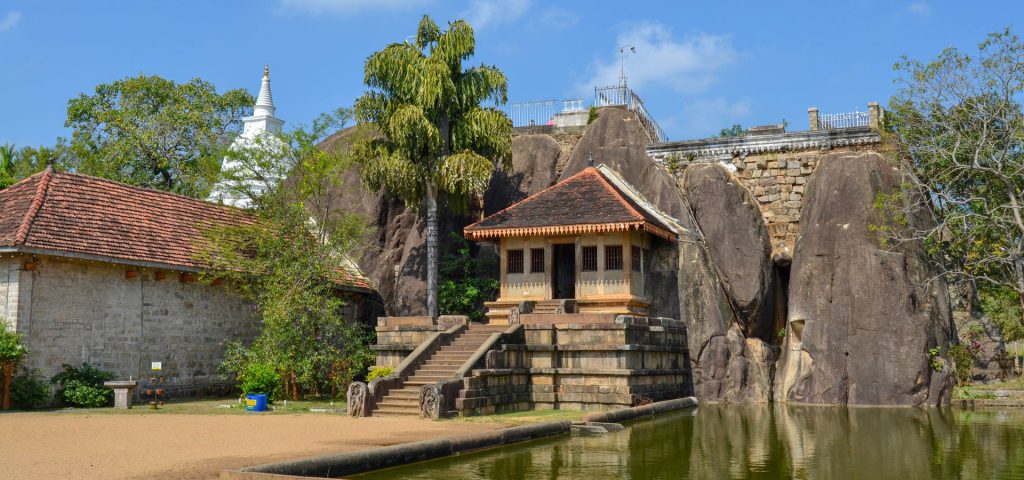
- Kuttam Pokuna (Twin Ponds):
- These ancient bathing tanks are masterpieces of hydraulic engineering, showcasing the advanced water management systems of ancient Anuradhapura.
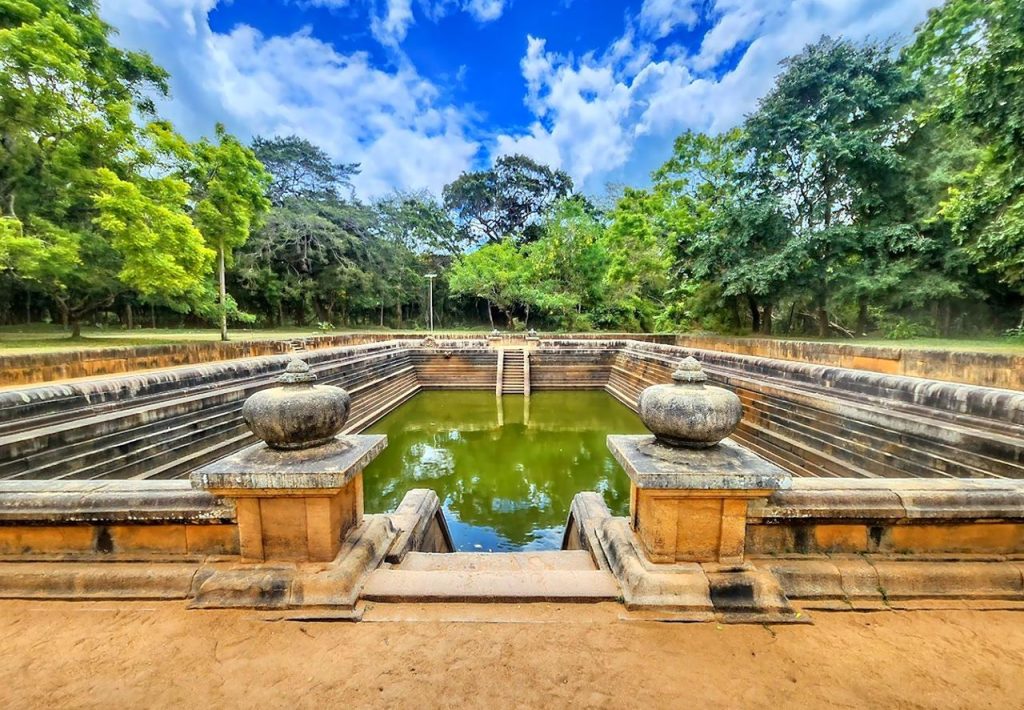
- Mihintale:
- Located a short distance from Anuradhapura, Mihintale is the site where Buddhism was first introduced to Sri Lanka by the monk Mahinda. It features a series of religious monuments and offers panoramic views of the surrounding landscape.
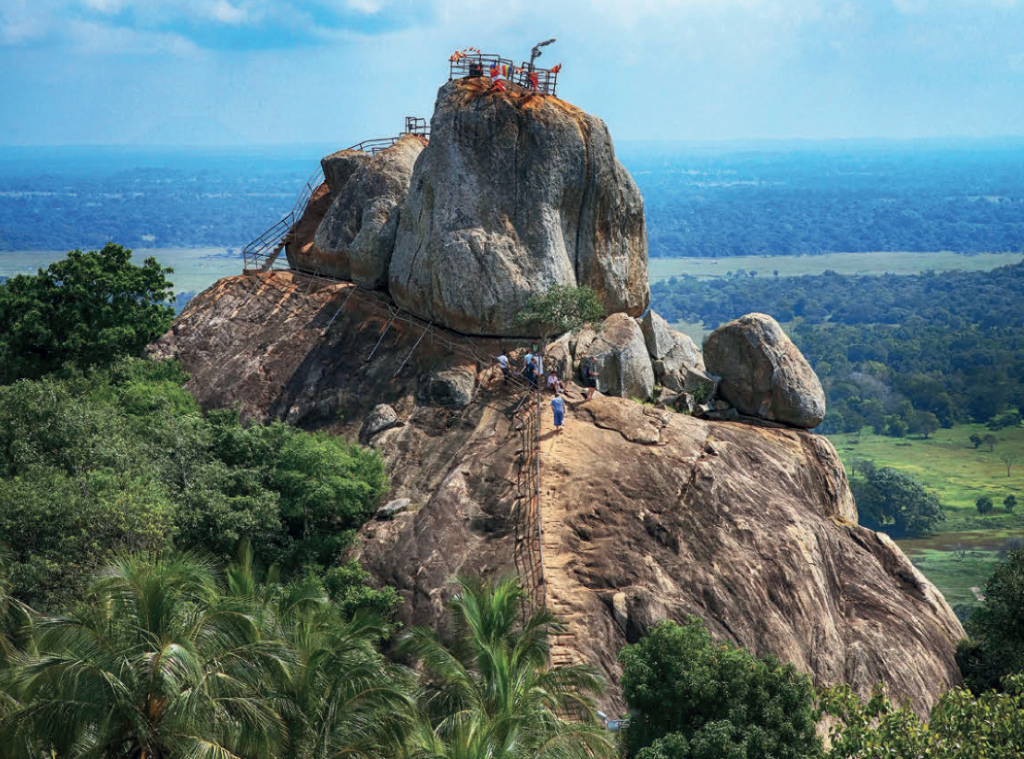
Cultural and Religious Significance
Anuradhapura is not just an archaeological site; it remains a living cultural and religious center. Pilgrims from all over Sri Lanka and the world visit the city to pay homage at its sacred sites. The annual Poson Festival, commemorating the introduction of Buddhism to Sri Lanka, attracts thousands of devotees to Mihintale and other sites in Anuradhapura.
Anuradhapura is a testament to the rich cultural and historical heritage of Sri Lanka. Its ancient monuments, sacred sites, and impressive architecture offer a window into the island’s glorious past. For history enthusiasts, archaeologists, and spiritual seekers, Anuradhapura is a must-visit destination that provides a deep and immersive experience of Sri Lanka’s ancient civilization and Buddhist traditions.


